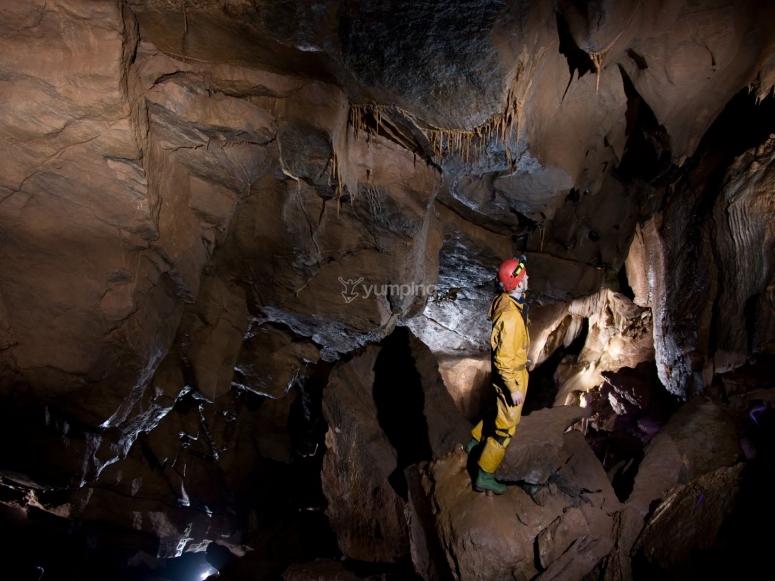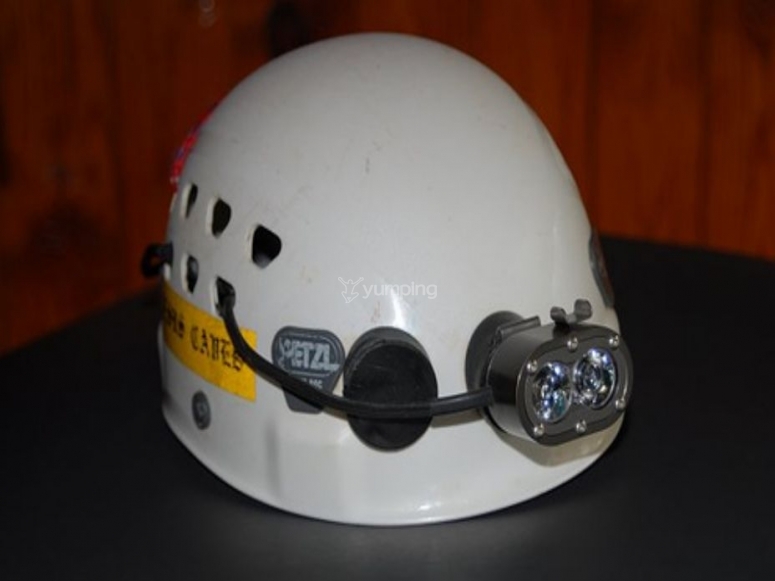
The origins of caving
The history of caving dates back to the late 19th century with French explorer Édouard-Alfred Martel embarking on a descent in Gouffre de Padirac, and the first complete caving expedition was carried out here in the UK at Gaping Gill in the Yorkshire Dales in 1895. The United States boasts a plethora of immense caves and the National Speleological Society (NSS) was created to protect their natural wonders and to advance their underground research and other caving organisations have been created in France, Romania, Columbia and Pakistan.

Caving in the UK
There are multiple locations around the UK for caving like the Peak District, The Brecon Beacons National Park in Wales and the Yorkshire Dales National Park. Caves are usually limestone with narrow passages, steep pitches (that need to be abseiled) and rivers. Cavers or those interested in this activity can find an extensive list of outdoor adventure providers and caving companies that organise excursions for beginners to the more experienced caver. If you already have experience as a caver, there are multiple organisations and clubs you can join - or you can practise on your own terms - however, caving can be a dangerous sport that need not be taken lightly as rescue attempts are extremely precarious. The difficulty of the cave is designated by grades and the scale is 1 to 5, 5 being the most extreme.

Equipment for Caving
The essential equipment needed for caving is:
- A helmet
- Overalls
- Wellies
- Lights (that are mounted on the hard hat). They can be Led or halogen but they are a must as it can be extremely dark. A backup should also be taken.
- Warm attire (depending on where you are caving) as hypothermia is a danger.
- Waterproof attire if needed
- Polypropylene if you are caving in a tropical cave as they are dry and this material protects from abrasions while being a fairly cool fabric.
- Knee and elbow pads if there is going to be a lot of crawling so as to protect these important joints from unnecessary stress.
- Rope, karabiners, bolts and slings if the caver is going to need to abseil or climb. Descending and ascending in caving uses what is called the Single Rope Technique.
- First aid kits, equipment and tools for emergencies and food.
- Diving gear if cave diving is going to be done, however this is for very experienced and knowledgeable explorers. In the UK cave diving forms part of caving, however in the United States it is considered a part of Scuba diving.

Caving is an absolutely fascinating activity which, as it offers physical components, is also great for keeping in shape. Depending on the extremity of the excursion, it can also provide an extreme adventure experience that adrenaline seekers crave. It's also fantastic for school trips as pupils will be able to see geological phenomenon like stalagtites and stalagmites in real life.

Caving is a unique adventure sport like no other and what you can explore caving are some of the least visited places on Earth. There are even deep caves where fewer people have been than the moon! Even if you've never tried the sport, there is something for everyone and you can progress until caving grade 5 caves if you want, exploring the underground wonders the Earth hides from us!
















